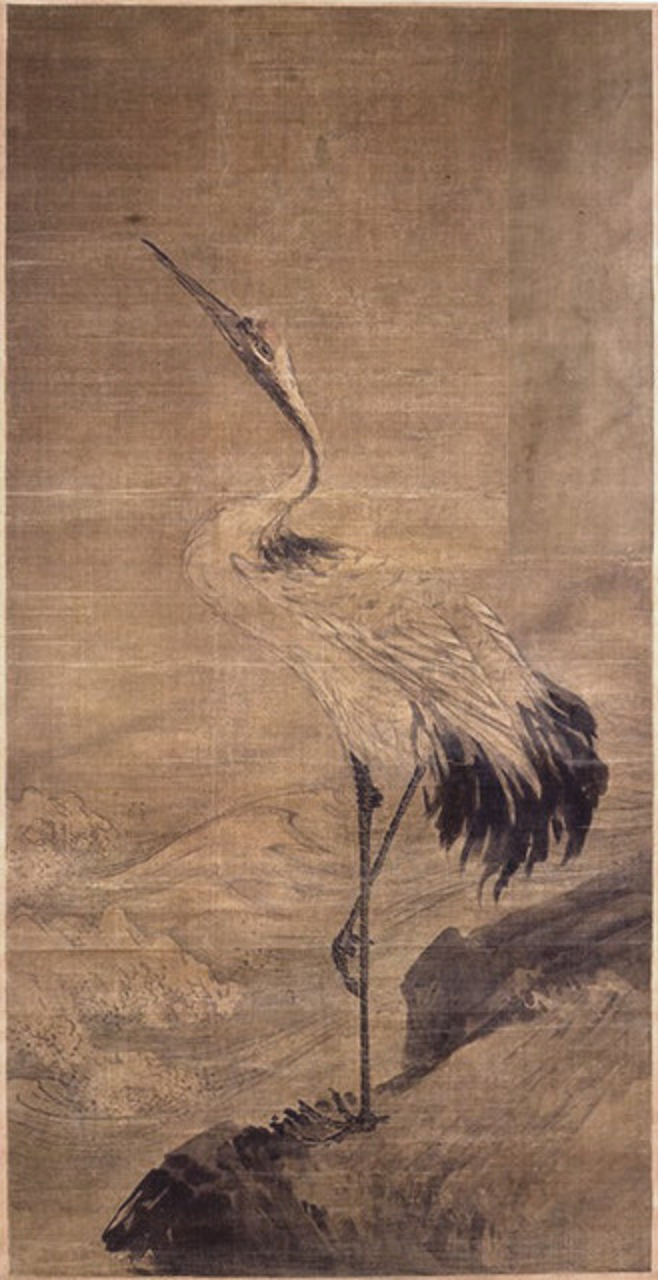

Crane
Unidentified Artist, Metropolitan Museum of Art
The two central qualities we focus on in our Qigong practice are breath and relaxation. Here we explore a foundational aspect of the latter.
Fang Song Gong: The work/cultivation of releasing and relaxing
Let’s begin by clearly distinguishing two senses of “relaxation”: the first is the common notion in which we flop down on the sofa, recline in the bath or otherwise turn off, tune out and go limp. The second, we can think of by picturing a flower. The flower is relaxed, yet its head does not droop, it does not collapse onto the ground. This sense of relaxation is not about going limp and lifeless, structure and integrity are maintained, yet without stiffness and rigidity. The flower maintains just the right amount of tension to stay both upright and flexible. To emulate the relaxation of the flower our task must be to eradicate unnecessary tension in the body. We might call this “active” relaxation, as contrasted with the former passive state.
Active relaxation is an art, the art of becoming aware of and inhibiting the habitual contraction of muscles.
We hold tension in our bodies for a whole range of reasons –- from emotional stress to long-standing poor habits of posture, breathing and movement. Through active relaxation we can learn how to release some of this tension in ways that benefit our minds as well as our bodies. Through active relaxation we become more aware and alert, both to what is going on within ourselves and to our environment. We conserve our energy rather than wasting it in holding unnecessary tension.
So how do we do it? By developing the qualities of fang song gong: awareness, tranquility, effortlessness, sensitivity, warmth and rootedness. The first step, the golden rule, is simply to pay attention. From this, all else follows.
We cannot hope to get rid of tension if we are not aware both of what is tense, and sensitive to how this tension is being maintained. The simple act of observation itself changes things. Observing the tension makes it possible for it to dissipate.
It is easy to hold tension in a particular area of the body without being conscious of it (often the shoulders, neck, lower back or face). When this tension is constantly maintained, it becomes like white noise in the background, like the traffic on the street or the people talking on the next table: we are barely aware of it. In Qigong we aim to become more conscious of these habits by constantly moving our awareness through the whole of the body. As we become aware of an area of tension, say in the shoulder, it begins to relax, just as, when we become aware of our breath, it slows and becomes deeper.
If we have an injury or illness, or suffer with chronic pain, the increased awareness our Qigong practice brings can be uncomfortable at first, but over time, we recognise that this is just the first and necessary step in cultivating a deeper relaxation of both the body and the mind.